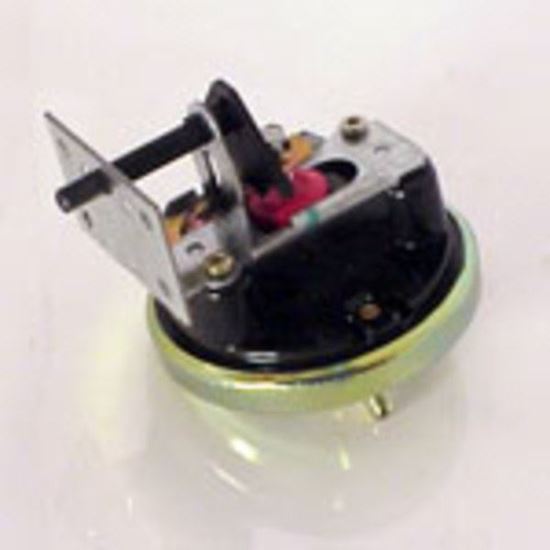

“Amazon, from the beginning, has been all about the customer experience.” They “want to have a relationship with the company, as well as the right price,” says Spector. All of this has combined to squeeze out the middle layer of retail.Ĭonsumers also changed their buying patterns, and their expectations. For something special, they might splurge on a chic brand, but as they struggle with job uncertainty, unemployment, and a grim housing market, many are increasingly buying their everyday items at stores like Walmart (WMT), Dollar Tree (DLTR), and Target (TGT).Īnd many consumers have postponed big-ticket purchases like refrigerators, stoves, and other home appliances until the economy and the outlook for jobs seems more secure. Penney (JCP).Ĭore Sears customers are working class, or those earning between $50,000 and $125,000. Or, for lower-priced apparel, they might chose arch rival J.C. They gravitate towards more clearly defined and upscale labels like Apple (AAPL), NorthFace (VFC), or UnderArmour (UA). Shabby stores, scarce help, and average prices have rendered younger customers indifferent to the Sears brand. Sears “could have used its brands to transcend its recent reputation,” agrees Spector, but “it has deeper issues of relating to customers.” So far, though, that has not bolstered its image or its sales. Sears has invested in online shopping, mobile applications, and Sears Marketplace, an website that mimics Amazon’s reach, offering nearly 20 million products available through third-party sellers. “Sears could have saved itself if they had switched to an Internet strategy, and combined price and the convenience of things coming to the house,” says Lisicky, who is the author of several department store histories, including the most recent “Gimbels Has It!” The Seattle-based Amazon launched in 1994, one year after Sears dropped its mail order catalog operation, which department store historian Michael Lisicky believes could have been Sears’ foundation to capitalize on its reliable reputation and to build a Web operation that could have cemented its place in the American home. Consumers spent more than $37.2 billion on overall Internet ordering in November and December - up 15% over last year, according to figures released by comScore, which tracks such spending. It totaled more than $40 billion in sales last year, but that amount is down more than $10 billion from its annual totals only a few years ago.Īmazon (AMZN), on the other hand, had healthy sales during the holiday season, although no specific figures have been released. Yet Sears still has a loyal customer base, attracted by its sturdy Kenmore appliances, reliable Craftsman tools and well-made Lands’ End clothing. Like Kodak, Sears did not leap forward when it needed to do so.” Sears, says Spector, “tried to hold onto what they were rather than trying to invent themselves. Sears (SHLD) has not retooled its venerable brand for the technology age, which was underscored this past holiday season when retail sales rose, and Internet sales soared, but the venerable store racked up such poor sales that it announced that it will close 120 stores, and projected that its earnings are likely to sink more than 50% for the most recent three months - usually the time of the year that retailers rake in their biggest revenues. “It’s also the new Walmart, the new Barnes & Noble and the new Best Buy.” “Amazon is the new Sears,” says Robert Spector, a retail historian who wrote : Get Big Fast, and other books on retailers. But today’s customer, who can browse the Sears website but not order from its catalog service, which was dropped in the early 1990s, is likely to be ordering from Amazon’s marketplace instead. Sears, which opened for business in the late 19th century, called itself “The Cheapest Supply House on Earth,” and, in its heyday, dominated home delivery with 75 million catalogs distributed each year, bringing goods to far flung farms, towns and other locations. The thick Sears catalog was the family go-to source for mail ordering anything from eyeglasses to bicycles, and, in earlier decades, even patent medicines and pre-cut houses complete with kitchen sinks. As recently as your grandparents’ generation, Sears was the household goods icon for middle class Americans.


 0 kommentar(er)
0 kommentar(er)
